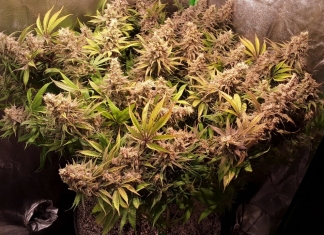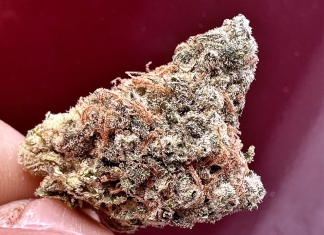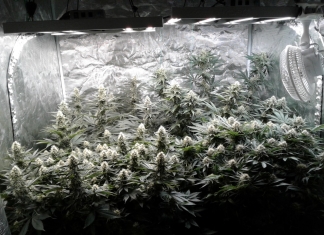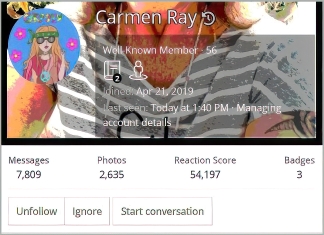Each year, more than 36 million Americans consume cannabis, and — even though it’s legal in some form in 46 states and the District of Columbia — the vast majority of individuals get their cannabis through the illegal market.
That’s clearly not the end state of proper cannabis legalization. Rather, effective legalization transitions consumption from the illegal market to a safe, responsible and well-regulated industry. In the legal market, cannabis products are tested, taxed and monitored, and sale to minors is prevented.
The benefits of cannabis legalization are manifold — from economic development to job creation; and from tax revenue to reduced arrests and incarcerations that disproportionately impact minorities and unnecessarily clog local law enforcement and court systems. And every day, new research connects cannabis with reductions in opioid use and related deaths, as well as in youth usage rates in jurisdictions which legalize it.
Recognizing these benefits, several states — from California to Massachusetts — have recently adopted comprehensive adult-use cannabis laws, and many others — including Vermont, Michigan and New Jersey — are moving along with similar efforts.
Despite the progress made on cannabis policies within legislative chambers and ballot boxes across America, the rollout of successful regulated cannabis markets has been stymied in several jurisdictions, and the illegal market has remained strong. The single biggest reason why is legislative fear of creating sufficient retail access to meet market demand. Simply put: if cannabis consumers cannot conveniently access the regulated market, they will continue to purchase from the illegal market, be it the unlicensed dispensary across the street, or the dealer around the corner.
Real cities provide real examples of this. In Denver, where medical cannabis became legal in 2000 and adult use in 2012, city leaders licensed one cannabis retail establishment per 3,091 residents. The illegal market rate quickly fell to 30 percent. But in Seattle — which legalized medical cannabis in 1998 and adult use in 2012, and had a state-imposed cap of just 21 retail licenses and a resulting density of one dispensary per 30,373 residents — the illegal market rate was an astounding 70 percent. Subsequent declines in city’s illegal market rate came about only by doubling the number of licensed retail outlets, but they are still elevated.
Reasonable tax rates, availability of delivery services and social consumption lounges, as well as rational advertising standards that allow licensed businesses to differentiate themselves from illicit operators also play a role in the strength of the legal cannabis market. But bottom line: if the legal market is less accessible to the average consumer than unlicensed businesses, the regulated industry will struggle and likely fail.
State and local officials in California and Massachusetts, which are in the throes of launching their respective adult-use cannabis systems, would benefit from the experiences of other states with adult-use policy frameworks. To date, lawmakers in California have grappled to shift unlicensed operations into the legal market in the wake of opening its legal market in January 2018. Local governments have severely thwarted the ascendance of a regulated industry that is reasonably accessible to consumers. Almost 85 percent of local jurisdictions have placed bans on cannabis retail operations. Not surprising, as a result California is missing its cannabis tax revenue projections and many potential licensed operators have been forced to freeze operations and lay off staff.
Our own independent research of licensed jurisdictions indicates that the optimal density ratio is roughly one legal cannabis retail storefront or delivery service license per 7,500 residents. Once density falls below this level, the illegal market maintains a strong presence, and the legal market struggles to establish itself — to the point where traditional law enforcement efforts remain ineffective at containing unlicensed operators and the failed outcomes of the decades-old war on cannabis continue.
No matter the city or state, a successful launch of a legal, adult-use cannabis systems hinges on consumers accessing the products and brands they need or want without having to drive into a neighboring town, navigate the depths of a far-off industrial park, or wait in long lines at the small handful of licensed retailers fortunate enough to receive state and local-issued licenses. Until policymakers across the country realize this and treat cannabis businesses like a legitimate industry, cannabis consumption will remain in the shadows.














